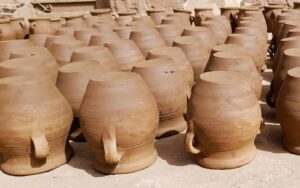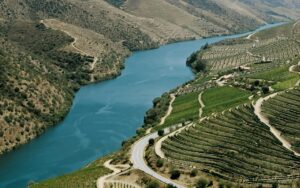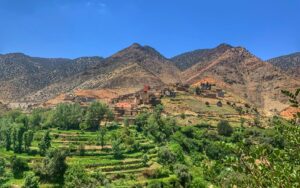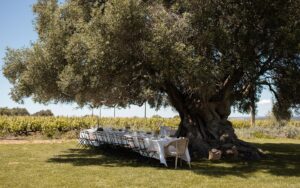Morocco’s Mountain Ranges
With the dazzling sights of Marrakech, the pretty coastline in Agadir, or the romantic draw of Casablanca, it’s easy to become distracted by all the amazing things that Morocco has to offer. Its cities are magical, each with their own unique charms and they give travellers a sense of the exotic through their colourful souks and bustling night bazaars.
But for those who really want to get off the beaten track, there’s much more to Morocco than its urban settlements. The mountain ranges are home to some of the country’s most isolated communities. It’s a Pandora’s Box of history, tradition and culture waiting to be unlocked. And with mind-blowing views and challenging climbs, the mountains of Morocco can offer you and your group an epic trekking experience. Here is our ultimate guide for anyone in search of their next hiking expedition.
The Rif Mountains

Tucked away in Morocco’s far north, the Rif Mountains are an almost forgotten destination. Despite its beauty and the wonderful views that come with the journey, this mountain range is by far the lesser known of them all, receiving fewer visitors than anywhere else in the country. So if you’re looking for something different that no-one else has accomplished before, this is the place to begin your trek.
Whilst The Rif isn’t quite the challenge of The High Atlas Mountains and the Toubkal National Park, it’s still worth visiting. The views of limestone cliffs and gorges as you ascend will certainly beguile you, and there’s a laidback vibe here suitable for even beginners. A hike to up Jebel al-Kalaa (8,058 ft.), the Rif’s biggest peak, will take a full day.
Design your ultimate Morocco trip with the help of our Morocco travel experts.
Interesting Facts:
During your trek, you may come across a number of cannabis fields. These can be avoided if you speak to your guide beforehand. Morocco produces over a third of all hashish sold around the world, and these farms are key to the Berber community’s survival; for many of the villages, it’s their only form of income.
Tips for Trekking:
A popular starting point for most travellers is the city of Chefchaouen, known as the gateway to The Rif. Not only does Chefchaouen give you the easiest access point, but it’s also a fine destination that deserves at least a few days of your time. Known as ‘The Blue City’, Chefchaouen is recognised for its blue-washed stone buildings – it’s a photographer’s dream. Another good base is the port city of Tetouan, best known for its UNESCO listed medina.
Where to Stay:
There are many short half-day or full-day treks, meaning that you can stay in Chefchaouen or Tetouan without the need to camp. If you want a longer excursion, you can also find plenty of spots to camp just off the trails of Talassemtane National Park or further west in Al-Hoceima National Park.
High Atlas Mountains
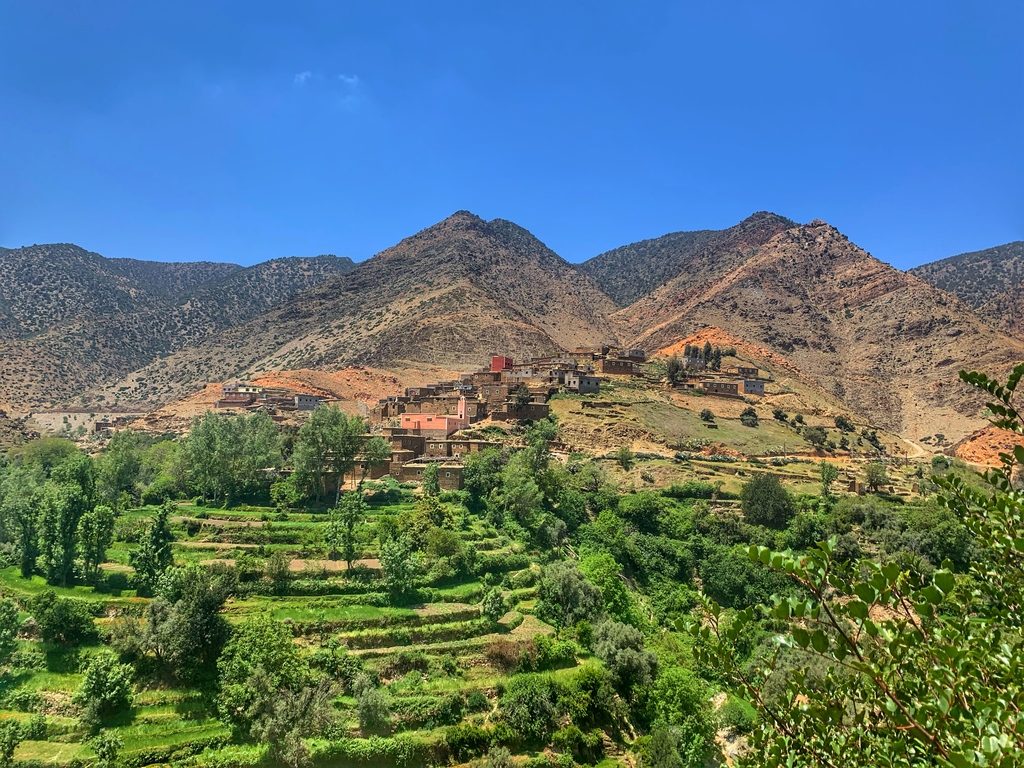
The High Atlas Mountain Range is perhaps the most popular choice for many travellers looking for a physical challenge. There are over 400 summits that have an elevation of up to 10,000 ft. and a number which are over 13,000 ft. So if you want a destination with tall peaks and mind-blowing views from the top, High Atlas is a great option for walkers.
This region is relatively well serviced in terms of guest houses, restaurants and professional tour operators, and a bit of forward planning can ensure a very smooth trip. Whilst the Atlas Mountains have become rather well known in recent years, they still remain relatively untouched. So it will never feel crowded here, even during peak travel periods.
With the region’s high elevations, there are also a number of trails that are still feasible for the average hiker. And many of the routes can be achieved without the need for advanced mountain skills such as rock climbing. Even the highest peak up Mount Toubkal (13,665 ft.) doesn’t require technical skills, so people of all levels and abilities can enjoy trekking within this range.
Additionally, the High Atlas region is a wonderful location for mountain biking or even horse riding. Many mountain biking guides can take you out for a half or full day, whilst horse riding trips can provide a fantastic alternative to exploring on foot.
Read next… 17 Places You Have to Visit in Morocco
Interesting Facts:
The entire Atlas Mountain Range stretches over 1,600 miles through Morocco, Tunisia and Algeria. Unlike other mountain ranges, this one is not a series of continuous peaks but a collection of mountains that are separated by large areas of land. Toubkal is the tallest summit, not only in Morocco but also in the whole of North Africa. Oukaimeden, which is near Jebel Toubkal, is also the country’s largest and most popular ski resort!
Tips for Trekking:
For a good base or starting point, head over to the small town of Ouirgane or the village of Imlil. Both of these locations offer a number of different trails. Ouirgane has plenty of variety whilst Imlil is ideal for longer and more linear hikes. There are also a number of convenient day trips leaving from the city of Marrakech.
Read next… The Epic Hot List: The Must-Do Experiences in Morocco in 2024
Where to Stay:
Good guest houses are easy to find in the area of Ouirgane as well as in Imlil Village. Many of these houses come with spacious double rooms, swimming pools and even Hammam spas. Prices tend to be very affordable and service is always excellent. Many of these guest houses will also feature restaurants, serving up traditional Moroccan food made with fresh ingredients sourced from the souks of the surrounding neighbourhoods.
Middle Atlas Mountains
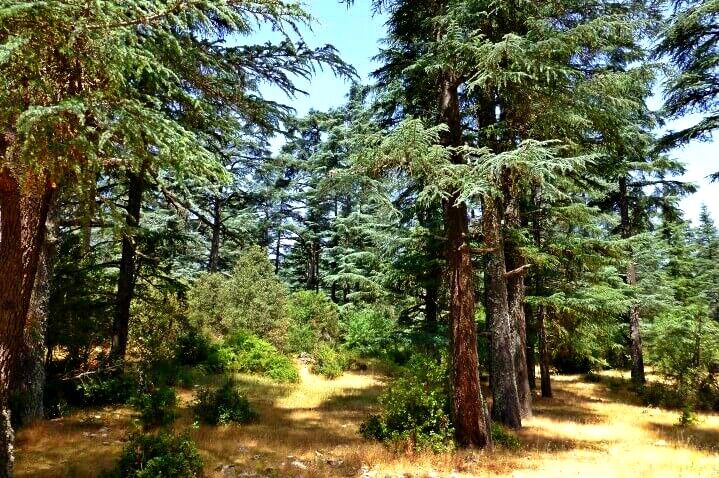
They call it the ‘Land of Lakes’ and natural beauty just oozes from the Middle Atlas Mountains. This is the place of the untouched, with fewer tourists than the High Atlas or Anti Atlas. And trekkers going through here will get the chance to discover some of Morocco’s most remote villages, as well as the unique wildlife. Within the range lies Ifrane National Park, an area of outstanding natural beauty and often referred to as ‘Little Switzerland’.
This park features spectacular rows of cedar trees which give it the Alpine resemblance, and it’s also home to much of the country’s endangered species. The range is also home to Tazzeka National Park, an area created in 1950 to protect the natural resources at the top from Jbel Tazekka. Both parks have a wonderful array of flora and fauna, and walkers will get to experience the magical mountain landscape. With its intricate cave systems and deep valleys, beautiful streams and dramatic waterfalls, volcanic hills and coniferous woods, and dales carpeted with wild flowers and plants.
The vast region covers more than 100,000 km2 in total and the highest peak is Jbel Bou Naceur (11,000 ft.), with a number of different trekking routes to suit varying abilities.
Interesting Facts:
Due to the elevation of the mountain range, the Middle Atlas experiences a cool and pleasant climate in the summer and wonderful snowfall in the winter. This unique climate means that Ifrane National Park features one of the few ski resorts in the whole of Africa! Although the runs are short (and not exactly challenging for skiing pros), there are more than 13km of slopes, with 11 ski lifts for guests. The resort was built during the French protectorate, so don’t be surprised if you feel like you’re in an Alpine village in Europe!
Tips for Trekking:
Day trips are common for people staying in Marrakech or Fes. But for independent trips, you can make your start at Sefrou, a small market town with a Berber population. The town of Azrou is also a popular choice, with fantastic souks and medinas to explore.
Where to Stay:
It can be hard to book as places are limited so planning ahead is recommended. Ifrane is a good resort to stay in, particularly if you are after a bit of Alpine-inspired luxury. However, with the close proximity of nearby towns such as Azrou and Sefrou, looking for a place to stay in the mountains isn’t always necessary.
Anti-Atlas Mountains
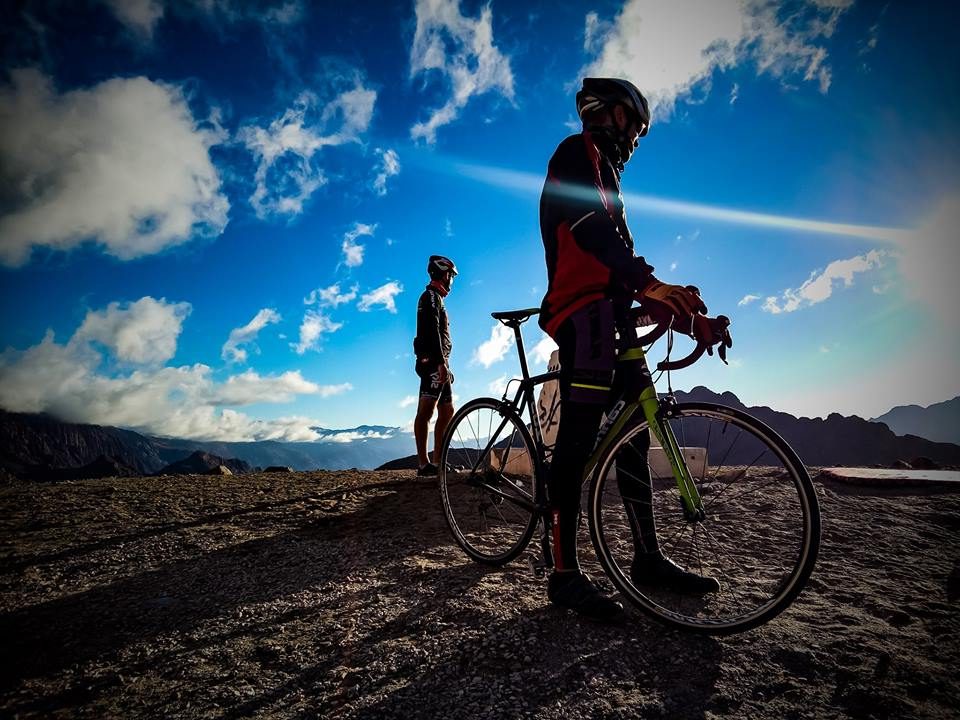
Situated between the High Atlas in the north and the desert in the south, the Anti-Atlas region has a different climate to its sisters. Alpine charm and ski resorts do not exist in this arid part of the range, with temperatures between 12°C and 36°C, with a mostly dry and barren landscape.
The biggest draw for hikers is the otherworldly appearance of the range, and this is what attracts climbers from all across the globe. Imagine a world of contrasts, with rocky boulders and lunar topography. With perhaps the biggest attraction being the Ait Mansour Gorge. This is one of the most beautiful oases in North Africa, cutting through colourful vegetation.
Another attraction not to miss in Anti Atlas is the Jebel Siroua, which is an ancient and isolated volcanic peak. It’s got some of the most spectacular 360 views, a superb cliffside village and dramatic terrain.
Interesting Facts:
Around Tafraoute is home to some works of modern art. You may spot some blue rocks, which were painted by Belgian artist Jean Verame in 1984. It took more than 18 tonnes of paint to complete the project. Today some of the paint has faded, with some of the rocks featuring modern graffiti art instead.
Tips for Trekking:
The months of September and May are the best times to visit if you are hoping for pleasant weather that isn’t too hot. The summer heat can be very intense, which can make it difficult for those who are not used to trekking in such an extreme climate. A good starting point would be Tafraoute and it’s important to understand that the Anti Atlas only has a very basic infrastructure once you begin your journey. So trips need to be well-planned before you go, especially if you are wanting a multi-day trek.
Where to Stay:
Guest houses are available in the village of Oumesnate or for day trips, the modern Berber village of Tafraoute can make a good base. Alternatively, wilderness camping is also possible for those who want to really experience the outdoors. For campers, it’s important to bring warm layers of clothing for when temperatures drop at night.
Jebel Saghro Mountains
This is a remote and rugged mountain range, located between the High Atlas and the Sahara Desert, and about a 6 hour drive from Marrakech. It offers a fantastic alternative to High Atlas trekking, especially when the snow can prove to be a challenge. With a relatively mild climate, this is a great all-weather mountain range that can offer spectacular views no matter which direction you choose. Your climb to the top will feature deep gorges and beautiful almond groves, as well as ravines and apexes carved by volcanic activity.
Interesting Facts:
The Jebel Saghro region is home to the Ait Atta Berber people. The Berber tribes can be found living in the region’s two main villages, N’Kob and Tazzarine, which you may come across during your trek. In some parts of the range, you may also stumble upon the prehistoric cave paintings.
Tips for Trekking:
The best time for visiting the Jebel Saghro is in May or October when temperatures are cooler, yet rainfall isn’t particularly high. The months to avoid are the peak summer months when it can be as hot as 40°C in the day. The two nearby towns of Boumaine du Dades and Kelaa M’Gouna can make good starting points. The famous Sahro Loop will take you around five days.
Where to Stay:
In terms of accommodation, there are only a few good guesthouses, mostly limited to the village of N’Kob. You may also find a small number of village houses across the range. But the best way to truly experience the Saghro is to camp beneath the stars. You will find plenty of wilderness camping spots and you will encounter very few tourists here.
If you’d like to discuss planning your visit to Morocco’s incredible mountain ranges, do get in touch with our knowledgeable team through info@epic.travel or our contact form today.
Latest Blogs
- Made in Morocco: Inside the workshops of 3 traditional artisansAt Epic we work closely with local artisans. Let’s take a look at three different Moroccan trades and step inside their workshops.
- Paddle Power: A two-day Douro River kayak journeyIt’s rare to see another soul in sight when we launch kayaks into the calm waters at at Barca d’Alva in the upper Douro River, less than a kilometre from the Portugal-Spain border.
- Morocco’s best one-day hike: The Amizmiz TrailThe Amizmiz trail is a circular route that is easily doable in a day, with an early start from Marrakech to the regional town of Amizmiz. The trail is virtually unknown and was pioneered by Epic.
- Uncorking Portugal: 6 under-the-radar Portuguese wineriesPortugal’s small wineries are the heart and soul of the country’s wine industry, each telling a story of passion, heritage, and innovative spirit.
